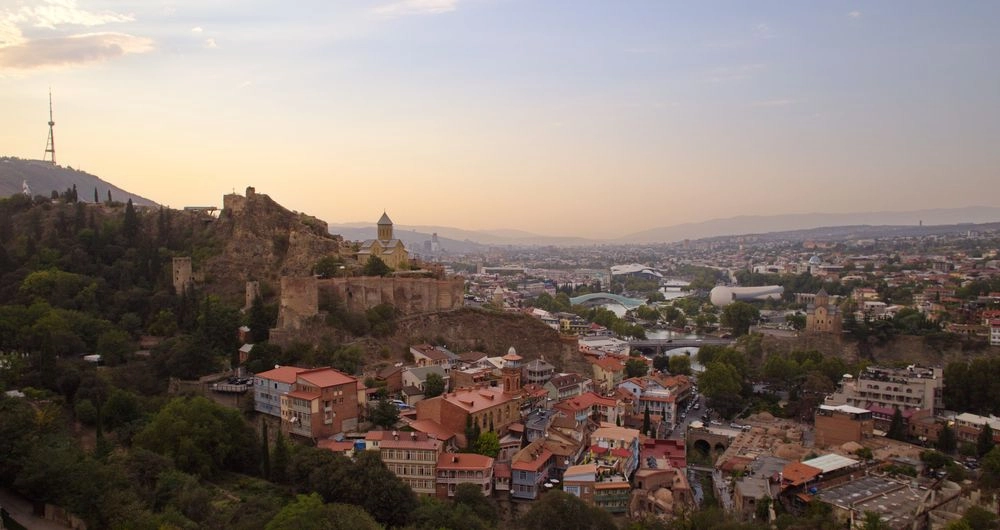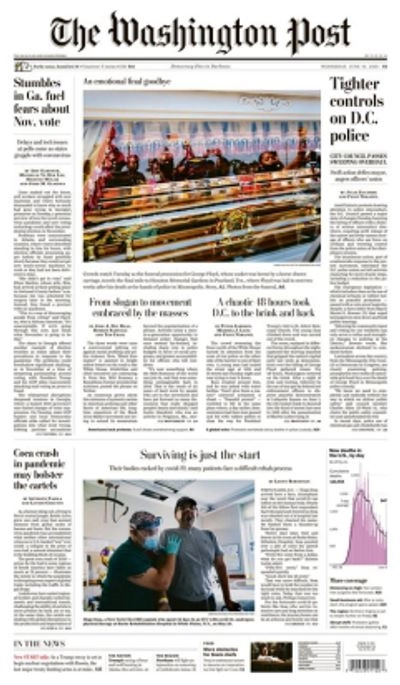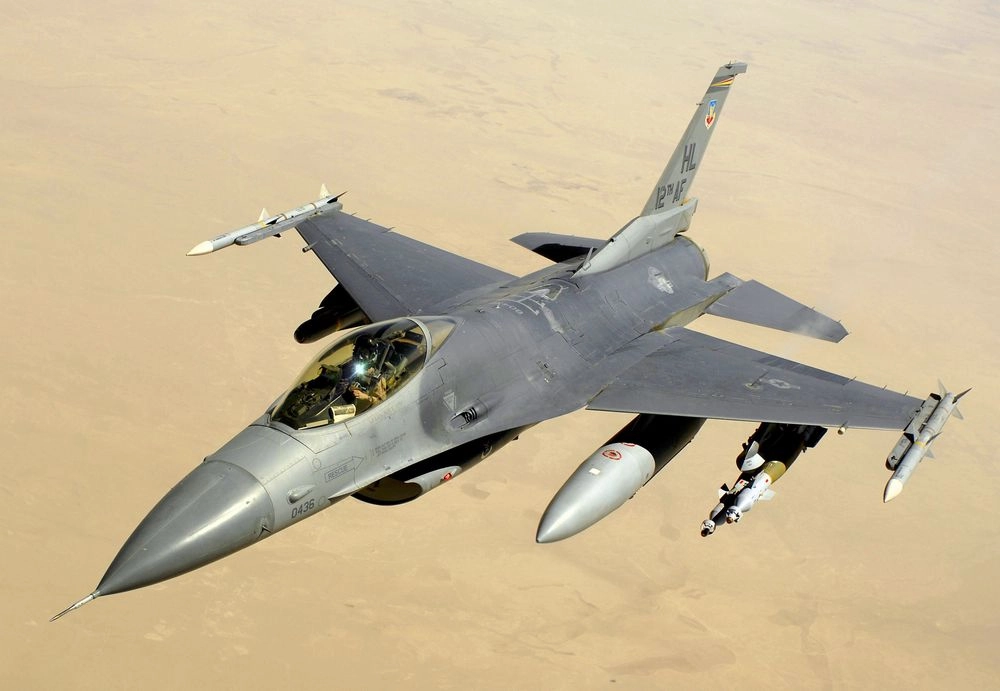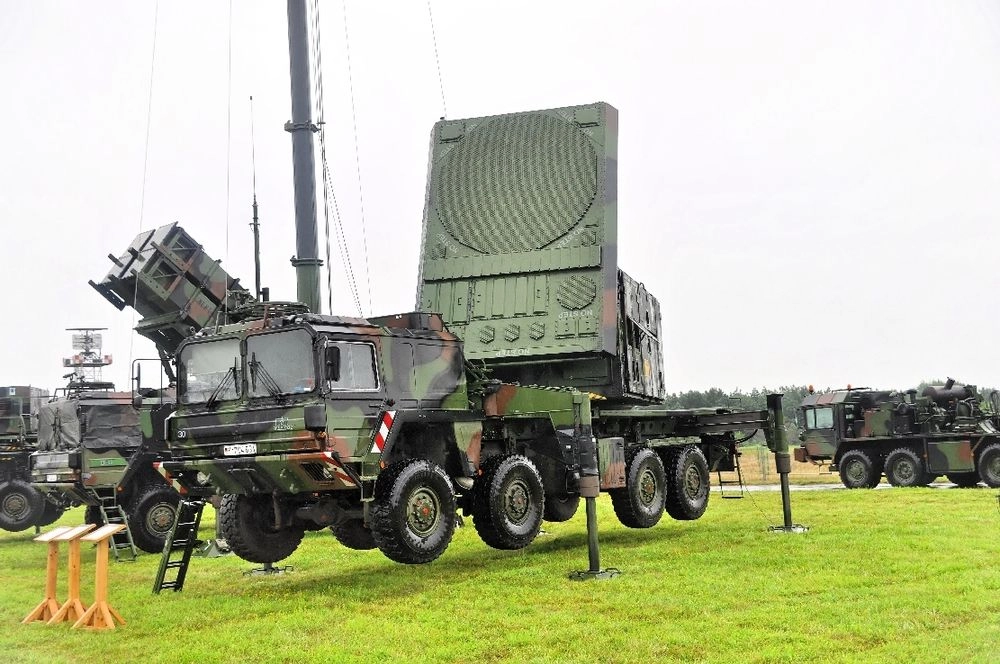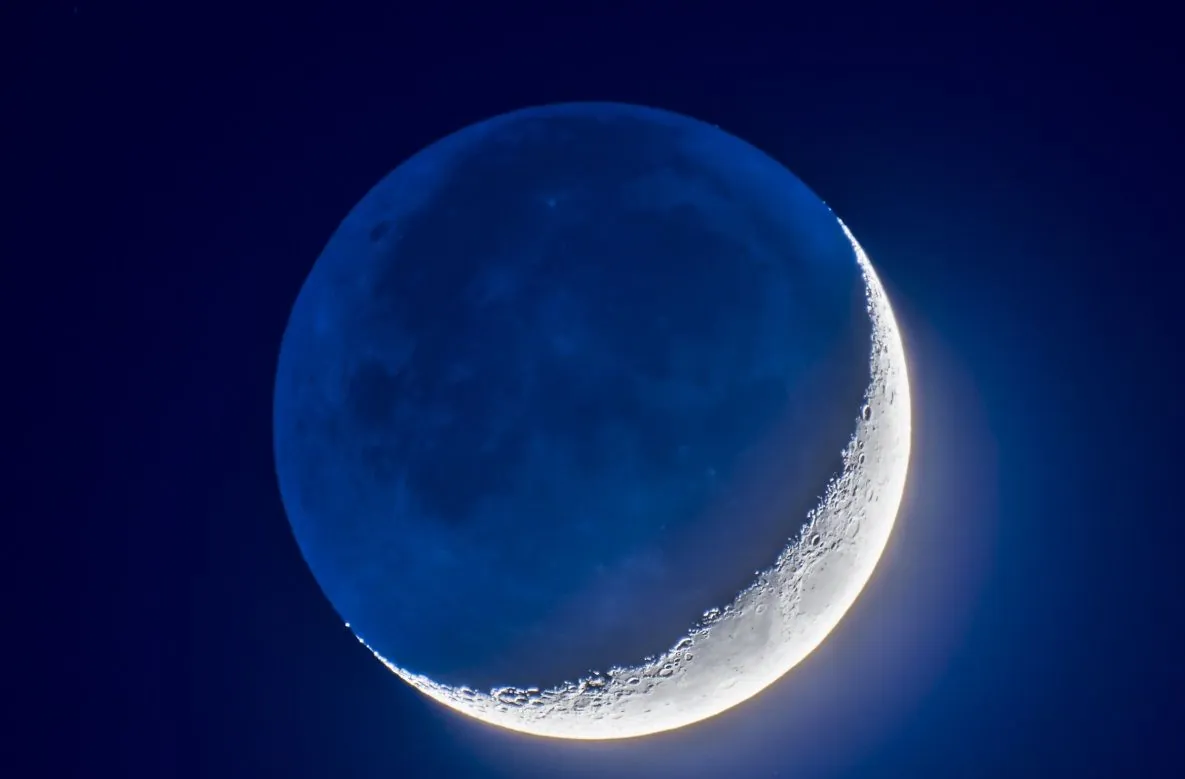
NASA selects 9 locations on the Moon for historic Artemis III mission
Kyiv • UNN
NASA has identified nine potential regions for the Artemis III mission to land near the Moon's South Pole. This will be the first human landing in this region, which may contain important resources, including water.
NASA is preparing for the first lunar landing in more than five decades. Currently, nine potential landing regions near the Moon's South Pole are being considered.
Writes UNN with a link to the website of the National Aeronautics and Space Administration.
NASA is continuing to develop the Artemis III mission to bring the first human crew to the Moon's South Pole. The agency recently selected nine regions near this unexplored area as possible landing sites. The areas will be analyzed in detail in scientific and engineering studies with the possibility of including new areas in future missions.
The regions of Artemis III's landing on the Moon have been clarified without priority:
The peak near Cabeus B
Haworth
Malapert array
Mons Mouton Plateau
Mons Mouton
Nobile Rim 1
Nobile Rim 2
de Gerlache Rom 2
Slater Plain
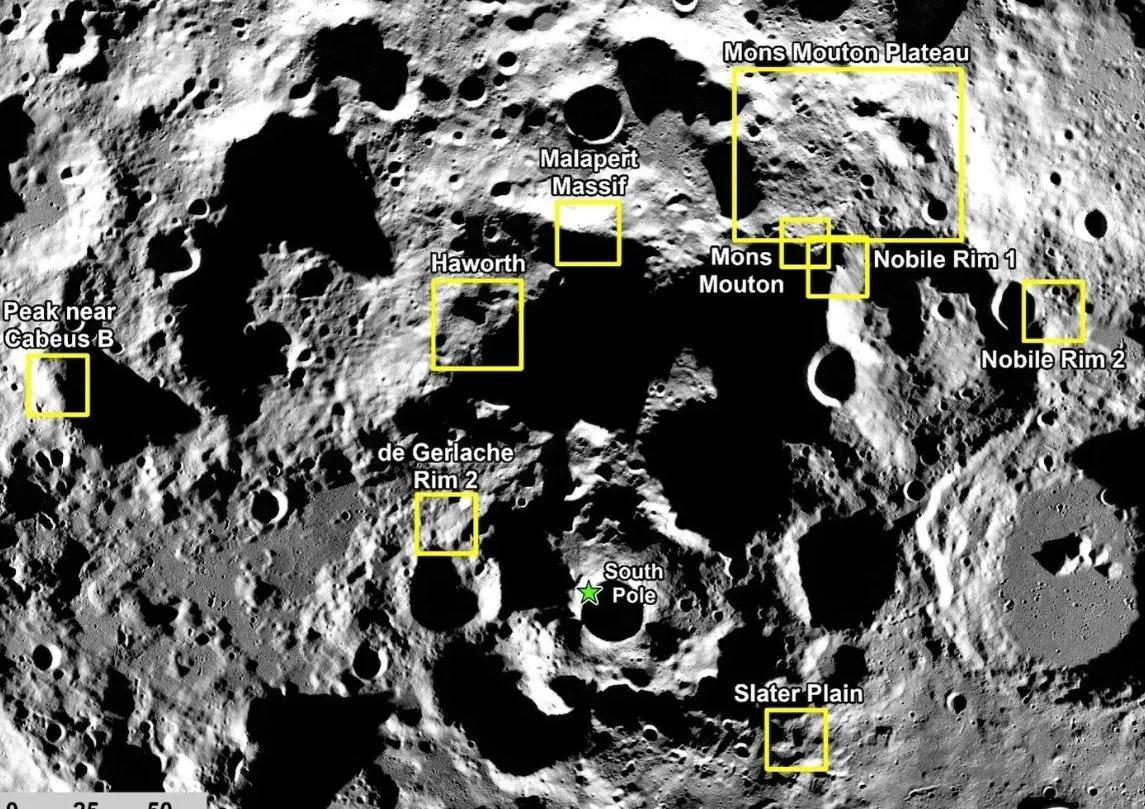
These regions have diverse geological characteristics and offer flexibility for mission accessibility. The lunar south pole has never been explored by a crewed mission and contains permanently shaded areas that may hold resources, particularly water.
The lunar south pole is a very different environment from where we landed during the Apollo missions. It offers access to some of the oldest landscapes on the Moon, as well as cold, shadowed regions that may contain water and other compounds
To select these landing regions, a multidisciplinary team of scientists and engineers analyzed the lunar South Pole region. The selection process took into account scientific potential, the availability of a launch window, terrain suitability, communication capabilities with Earth, and lighting conditions.
It was also necessary to investigate the combined trajectory capabilities of NASA's SLS (Space Launch System) rocket, Orion spacecraft, and Starship HLS (Human Landing System) to ensure safe and accessible landing sites.
“Artemis III will be the first time that astronauts will land in the lunar south polar region. They will fly a new lander to an area unique from our past Apollo experience. Finding the right places for this historic moment starts with identifying safe locations for this first landing, and then trying to combine that with opportunities for science from this new location on the Moon,” said Jacob Bleacher, NASA's chief scientist.






























